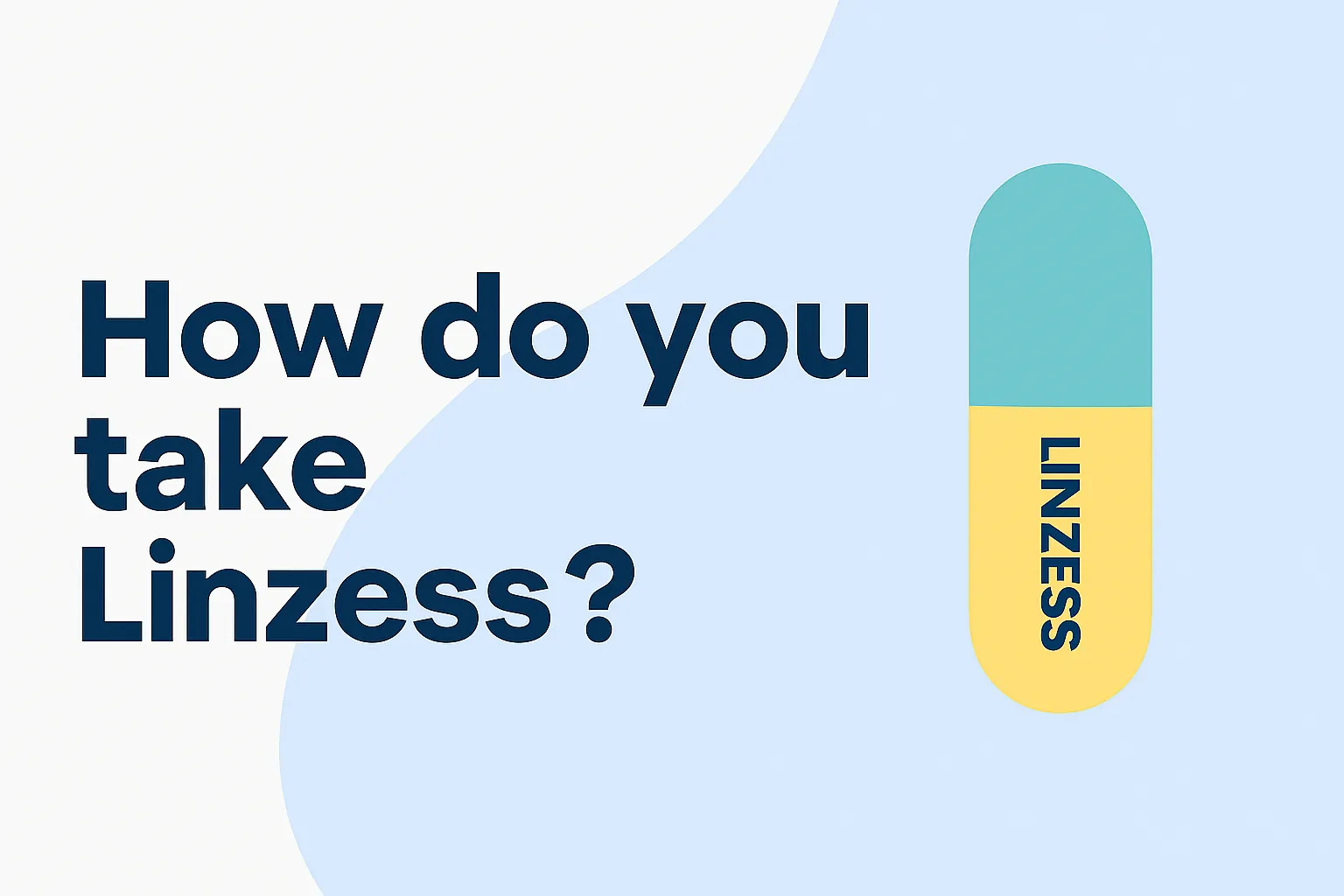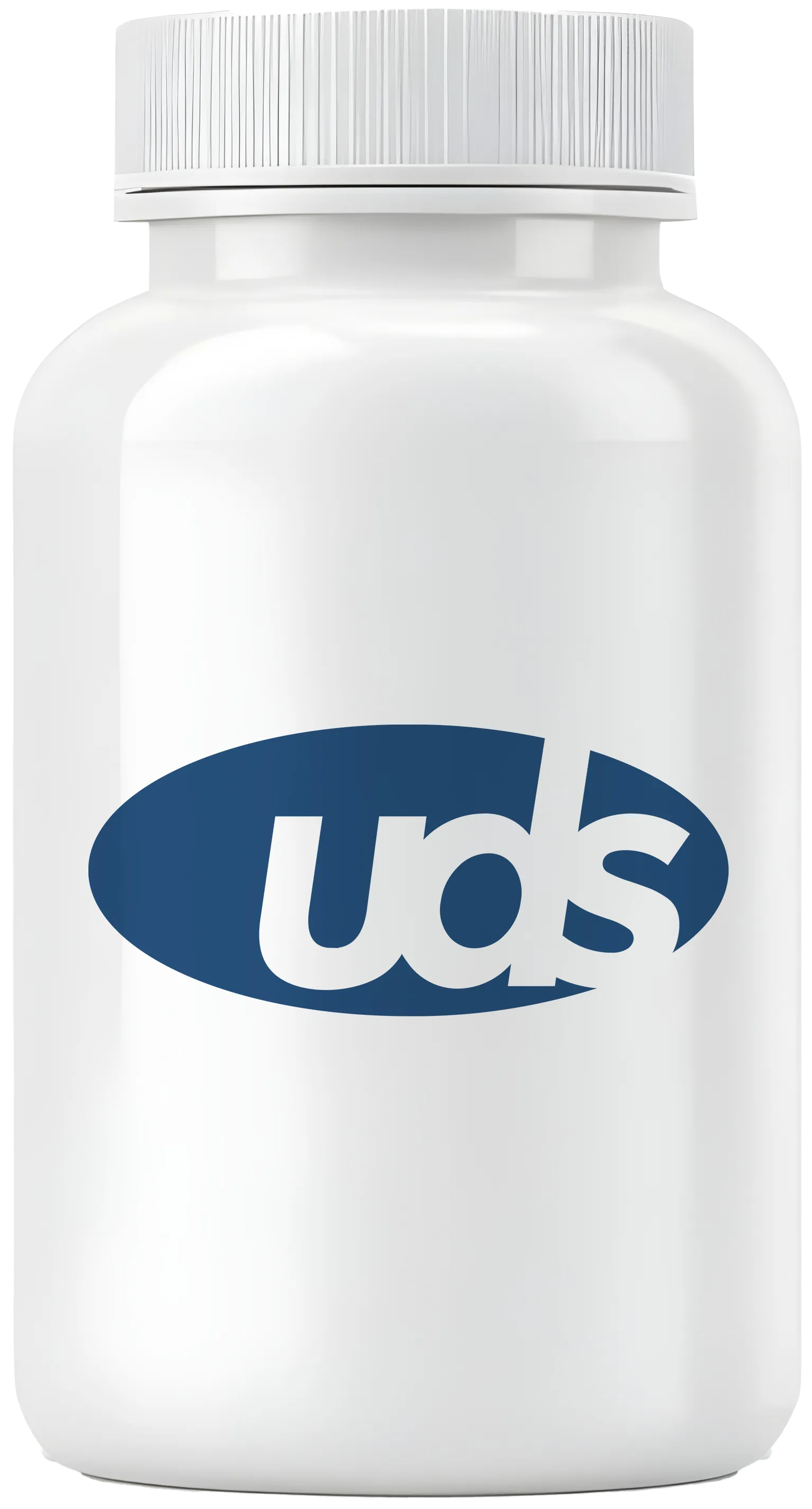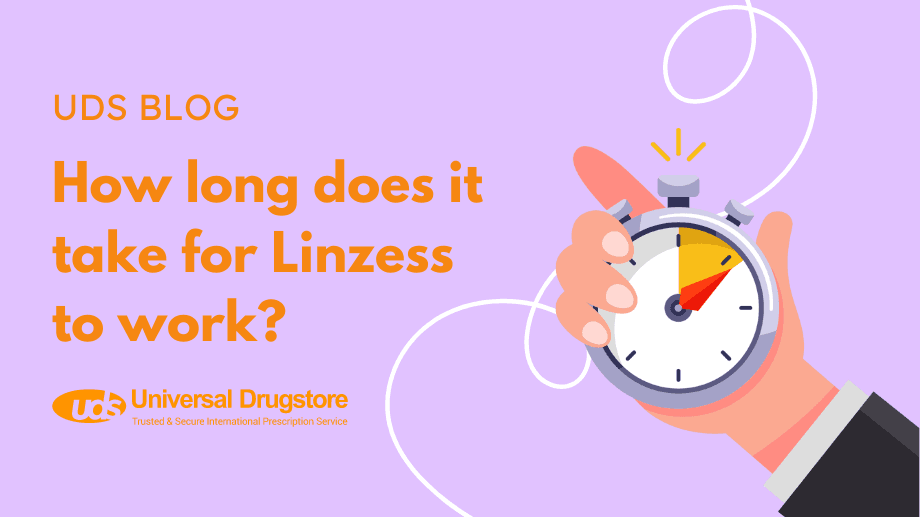How do you take Linzess?

Linzess (linaclotide) is a once‑daily oral medication that is used to treat certain types of constipation. Unlike laxatives that are often taken as needed, Linzess should be taken every day for it to work best. Always follow your healthcare provider’s instructions on how to take your medications. Some general guidelines on how to take Linzess include:
General Guidelines
- Take Linzess on an empty stomach, at least 30 minutes before your first meal of the day, at around the same time each day.
- If you miss a dose of Linzess, skip that dose. Then take your next dose at its regular time. Do not double up on doses to make up for a missed dose.
- Swallow Linzess capsules whole and do not crush or chew them. If you cannot swallow the capsule whole, you may be able to open it and sprinkle the Linzess beads over applesauce or mix it with bottled water before swallowing. You should not mix Linzess with any other food or liquid as it is not known if it is safe and effective.
Mixing Linzess with applesauce
- Put 1 teaspoonful of room-temperature applesauce in a clean bowl or container.
- Open the capsule and sprinkle all of the beads onto the applesauce.
- Swallow all of the applesauce and beads immediately without chewing.
- Do not save the applesauce to be used later.
Mixing Linzess with water
- Pour 30 mL (1 ounce) of room-temperature bottled water into a clean container or cup.
- Open the capsule and sprinkle all of the beads into your cup or container of water.
- Swirl the water and beads gently for at least 20 seconds, then swallow all of it immediately.
- If there are beads left in the cup, pour another 30 mL (1 ounce) of bottled water into the cup, swirl gently for at least 20 seconds, and swallow immediately.
Taking Linzess with a gastronomy or nasogastric feeding tube
- Ask your healthcare provider what size catheter‑tipped syringe you will need for your dose of Linzess.
- Open the capsule and pour all of the beads into a clean container with 30 mL (1 ounce) of room-temperature bottled water.
- Swirl the beads and water gently for at least 20 seconds.
- Remove the plunger from the syringe and pour the water–bead mixture into it, then reinsert the plunger.
- Remove the syringe cap, insert the tip into the feeding tube, and push the plunger completely in to administer the dose.
- If beads remain in the container, repeat the process with another 30 mL of water.
- After the dose, flush the feeding tube with at least 10 mL of bottled water.
Please refer to the Medication Guide or ask your healthcare provider if you have any questions about how to take Linzess.
Frequently Asked Questions
What are the uses of Linzess?
Linzess (linaclotide) is FDA‑approved to treat the following digestive conditions in adults:
- Irritable bowel syndrome with constipation (IBS‑C): A chronic GI disorder where constipation is associated with abdominal pain, discomfort, and bloating. Symptoms may temporarily improve after a bowel movement but tend to return.
- Chronic idiopathic constipation (CIC): Chronic constipation of unknown cause, characterized by infrequent, hard-to-pass stools. More common in women and older adults.
- In children 6 years and older, it is also approved for functional constipation (FC), defined as fewer than three bowel movements per week, often due to diet, activity, toilet training, medications, or family history.
How does Linzess work?
Linaclotide, the active ingredient in Linzess, is a guanylate cyclase‑C agonist. It increases secretion of chloride and water in the intestines to soften stools and stimulate bowel movements, and it reduces pain‑sensing nerve sensitivity to relieve abdominal discomfort.
What is the recommended dosage for Linzess?
Adults
- IBS‑C: 290 mcg by mouth once daily.
- CIC: 72 mcg or 145 mcg by mouth once daily.
Pediatric (6–17 years) for FC
- 72 mcg by mouth once daily.
What are the possible side effects of Linzess?
The most common side effects include:
Shop Medications
- Bloating
- Diarrhea
- Flatulence (gas)
- Stomach pain
Less serious side effects may include:
- Headache
- Nausea
- Vomiting
- Indigestion
- Urgent need to have a bowel movement
- Loss of bowel control
- Upper respiratory, sinus, or stomach infections
Rare but serious side effects:
- Severe, life‑threatening allergic reaction (hives, facial/swollen tongue or throat, shortness of breath) — seek emergency care immediately.
- Serious dehydration — especially dangerous for children under 2 years (do not use in this age group).
- Severe diarrhea leading to dehydration and hospitalization — stop Linzess and seek immediate medical attention for sudden stomach pain, severe diarrhea, bloody or black tarry stools, dizziness, or fainting.
These are not all possible side effects. Contact your healthcare professional for advice and report adverse effects to AbbVie (1‑800‑678‑1605) or the FDA (1‑800‑FDA‑1088, www.fda.gov/medwatch).
Can Linzess be taken with other medications?
There are no known drug interactions, but tell your healthcare provider about all prescription, over‑the‑counter medications, vitamins, and supplements before starting Linzess.
Is there a Boxed Warning with Linzess?
Yes. There is a serious risk of dehydration in pediatric patients under two years of age. Linzess is contraindicated in this age group.
What should you tell your healthcare provider before taking Linzess?
Inform your provider if you have:
- Any type of bowel blockage
- Allergies to any ingredient in Linzess
- A current or planned pregnancy
- Plans to breastfeed or are breastfeeding
How do you store Linzess?
Store at 68–77 °F (20–25 °C), away from moisture and heat. Keep the desiccant tightly closed in its original container.
Can Linzess be taken as needed?
No. Linzess must be taken daily to maintain symptom control. Stopping treatment may cause symptoms to return within one week.
Does Linzess cause weight changes?
Neither weight gain nor weight loss has been reported. Contact your provider if you notice unexplained weight changes.
Related medications
- Trulance (plecanatide)
- Amitiza (lubiprostone)
- Ibsrela (tenapanor)
- Motegrity (prucalopride)
- Miralax (polyethylene glycol 3350)
Sources
- Allen P, Setya A, Lawrence VN. Pediatric Functional Constipation. StatPearls. Updated January 11, 2024. Accessed July 15, 2024.
- Thomas RH, Allmond K. Linaclotide (Linzess) for IBS‑C and CIC. P T. March 2013;38(3):154–160.
- Linzess (linaclotide) capsules, FDA. Accessed July 15, 2024.
- Linaclotide (Rx). Medscape. Accessed July 15, 2024.
- Lacy BE, et al. ACG Clinical Guideline: Management of IBS. Am J Gastroenterol. January 2021;116(1):17–44.




